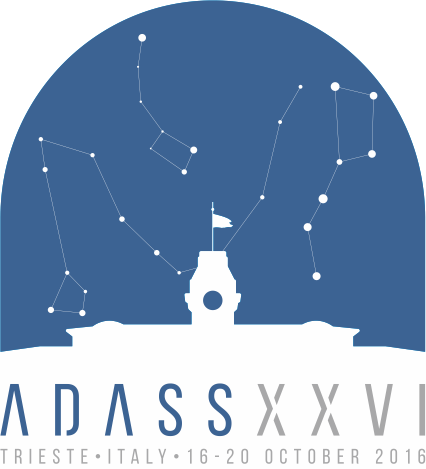Felix Simon
Contact

- Position:
- FHNW - University of Applied Sciences Northwestern Switzerland
- Address
- Switzerland
Miscellaneous Information
- Miscellaneous Information
-
Abstract Reference: 31482
Identifier: P1.12
Presentation: Poster presentation
Key Theme: 1 Reduction and Analysis Algorithms for Large Databases and Vice-versa
Reconstruction of Solar X-ray Images from Visibilities with Compressed Sensing (lightning talk)Authors:
Felix Simon, Bolzern Roman, Battaglia Marina, Csillaghy AndréX-ray solar images are key to understanding solar flares, as they allow to see right in the source of such events. However, it is complicated to make X-ray images. X-rays cannot be focused using optical lenses. Therefore, indirect imaging methods are typically used that are mathematically equivalent to those used by interferometers, such as Alma or the SKA. Accordingly, their output are visibilities, which are measurements in Fourier space. Images must be reconstructed by transforming these Fourier coefficients into spatial images. Several image reconstruction algorithms are in use, such as CLEAN or Maximum Entropy. Interestingly, Compressed Sensing (CS) for solar images has raised only limited investigation so far, even though this is often considered as the most state of the art and/or promising algorithm for visibility-based reconstruction, and CS is also being used successfully in various domains such as medical imaging for MRI/CT. In our poster, we show that CS can also be applied to X-ray observations of the Sun. We present our version of the algorithm as well as a publicly available prototype to reconstruct images from the NASA RHESSI spacecraft, the current X-ray solar observatory. We show how we can apply our algorithm also to the next generation solar X-Ray imager, STIX, which will fly as one of the 10 instruments on board the ESA spacecraft Solar Orbiter. We discuss results, the potential and limitations of our algorithm, and future directions.



